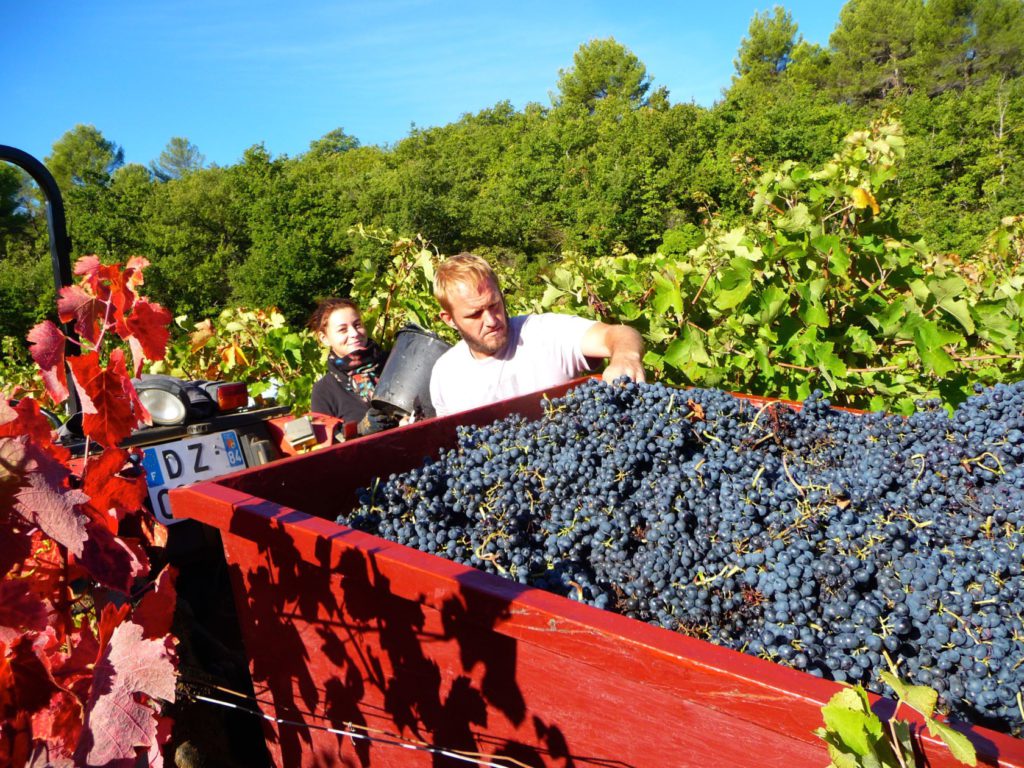Château Unang – Ventoux – Rhone
Season & Harvest notes 2016 :
A dry winter preceded the season, which was not reassuring as the south relies on decent winter rain (hopefully 100mm/month) knowing that the summer will be dry (less than 50mm/month). The rain fills the aquifers which can slowly release the winter’s bounty during the growing season.










JK – 31.10.2016



Very happy with this mail and hope your wines will be as exellent as ever
Very interesting Reading. Thank’s a lot for shearing this story and, personally,I am pleased to read that the rose probabely will as excellent as ever.
Good luck fightening the wild boar !
Fabulous reading. I can whole heartedly support your frustration with the boar – each year is getting worse and worse for us as well with young trees and lawn being destroyed on a regular basis.
We will be sure to visit again soon and continue to recommend your superb wines to all.
Your neighbours across the valley.